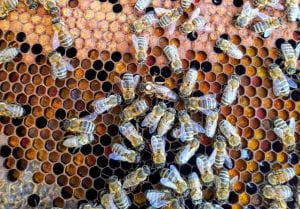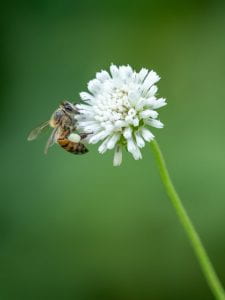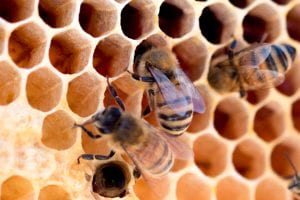Bees
Bees 🐝
All about bees
Bees are flying insects closely related to wasps and ants known for pollination. Bees are presently considered a clade, called anthophila. There are over 16,ooo known species of bees in seven recognized families. That’s crazy! Some species including honey bees, bumblebees and stingless bees live socially in colonies while some other types of bees including mason bees, carpenter bees, leafcutter bees and sweat bees are solitary. Bees are found on every single continent except Antarctica. The most common bees in the northern hemisphere are the sweat bees but it is small and usually mistaken for wasps or flies. Bees range in the size from little stingless bee species which are less than two millimeters to long Megachile Pluto bees, the longest species of bees is the leafcutter bee whose females can be a length of 39 millimeters can you believe it. Bees eat nectar and pollen did you know most pollen is used as food for their larvae. Predators of bees include birds, insect predators include beewolves and dragonflies. Bee pollination is very important both ecologically and commercially.the decrease in wild bees has increased the value of pollination by commercially managed hives of honey bees.

Beekeeping
Human beekeeping or apiculture has been practiced for years since at least the time of ancient Egypt and Ancient Greece.bees have appeared in mythology and folklore, through all phases of art and literature from ancient times to present day, although primarily focused in the northern hemisphere where beekeeping is far more common.
Pollination
The earliest animal pollinated flowers were, cup shaped blooms pollinated by insects such as beetles, so the syndrome of insect pollination was well thought of before the first appearance of bees.the novelty is that bees are specialized as pollination agents, with behavioural and physical changes that specifically improve pollination, and are the most efficient pollinating insects.in a process of coevolution, flowers advanced floral awards including nectar and longer tubes, and bees advanced longer tongues to take out the nectar. Bees also advanced structures also known as scopal hairs and pollen baskets to get and carry pollen. The location and types are different among and between groups of bees. Most bees have scopal hairs on their hind legs or on the other side of their belly’s. Some species in the Apidae family have pollen baskets on their hind legs, while very few don’t have these but instead carry pollen in their crops.

How do bees make honey
How do bees make honey is a commonly asked question, how do bees make honey? Well that’s a great question bees collect a sugary juice called nectar from the flower bloom by sucking it out with their tongues. they keep it in what’s called their honey stomach, which is different from their food stomach. When bees have a full load of honey they fly back to their hive, and there you have it that’s how bees make honey.
